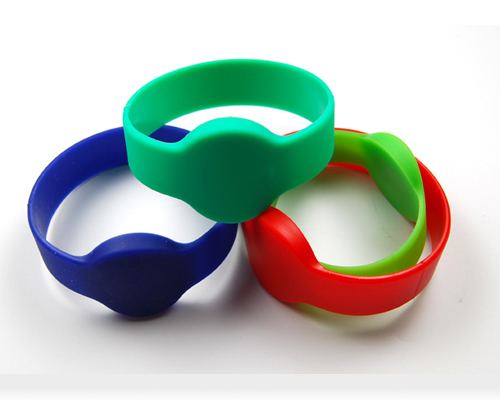RFID cards have been around for many years in various forms and mostly used in access control, security and financial applications. The technology utilized was most likely proprietary to their supplier and no open systems had existed. Most of these cards used passive RFID techniques in the frequency range of 125kHz to 135kHz. These cards were considerably thicker than most common photo ID cards, much more expensive, had limited memory space and could only be read one at a time.
Most utilization of RFID cards involved “proximity”- “contact-less” cards. These cards replaced the popular contact cards that used actual metallic contacts on its surface, or embedded ferro-magnetic wires for communications. The “proximity” card applications provided a high degree of security, however the performance range of the card was typically limited to a couple of inches, at most.
During the past few years numerous standards have emerged and are currently being adopted by the RFID transponder manufacturers. ISO 14443 for “proximity” cards and ISO 15693 for “vicinity” cards, both recommend 13.56 MHz as its carrier frequency. These standards feature a thinner card, higher memory space availability and allow numerous cards in the field to be read almost simultaneously using anti-collision, bit masking and time slot protocols.
ISO 14443 proximity cards offer a maximum range of only a few inches. It is primarily utilized for financial transactions such as automatic fare collection, bank card activity and high security applications. These applications prefer a very limited range for security.
ISO 15693 vicinity cards offer a maximum usable range of out to 28 inches from a single antenna or as much as 4 feet using multiple antenna elements and a high performance reader system.






